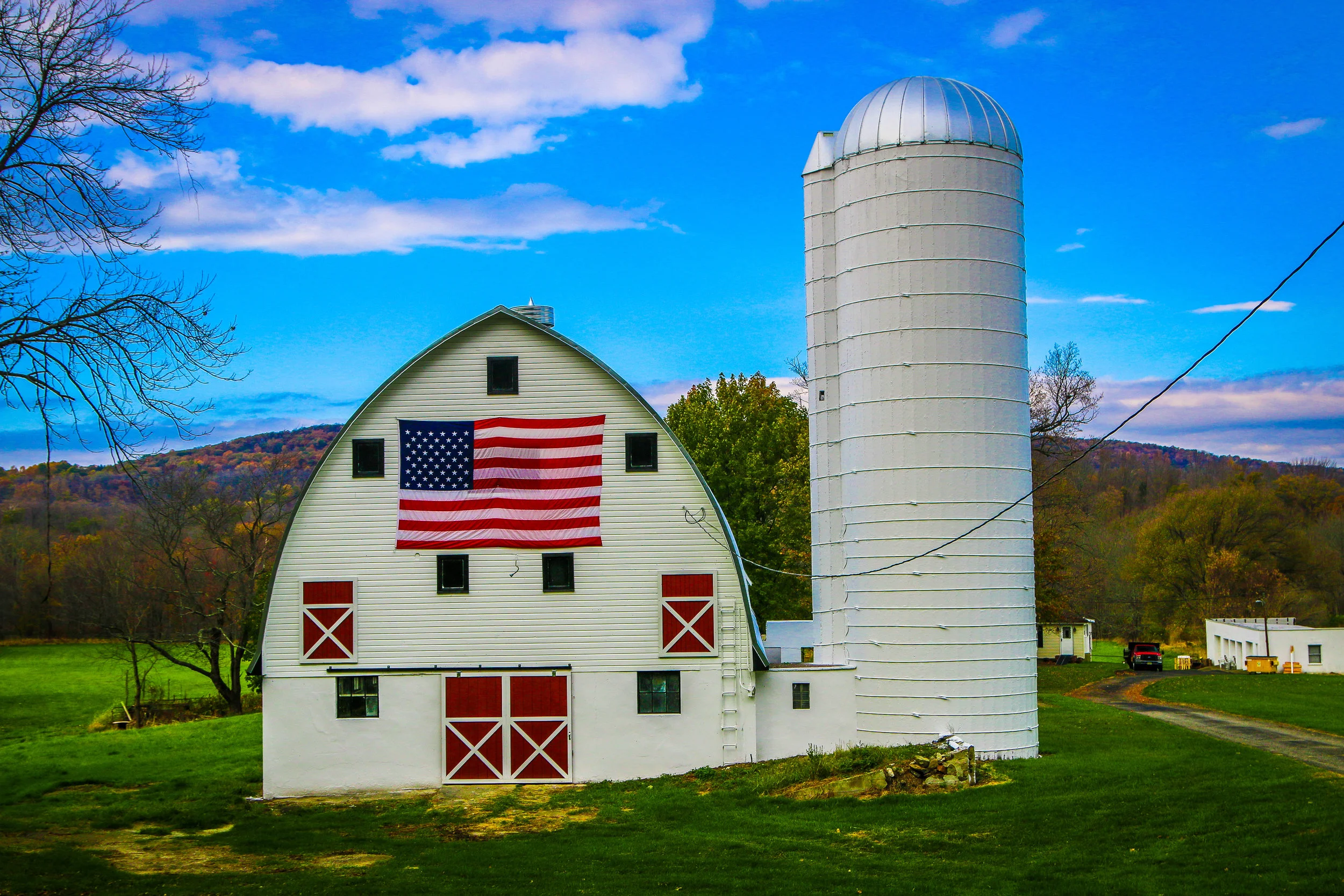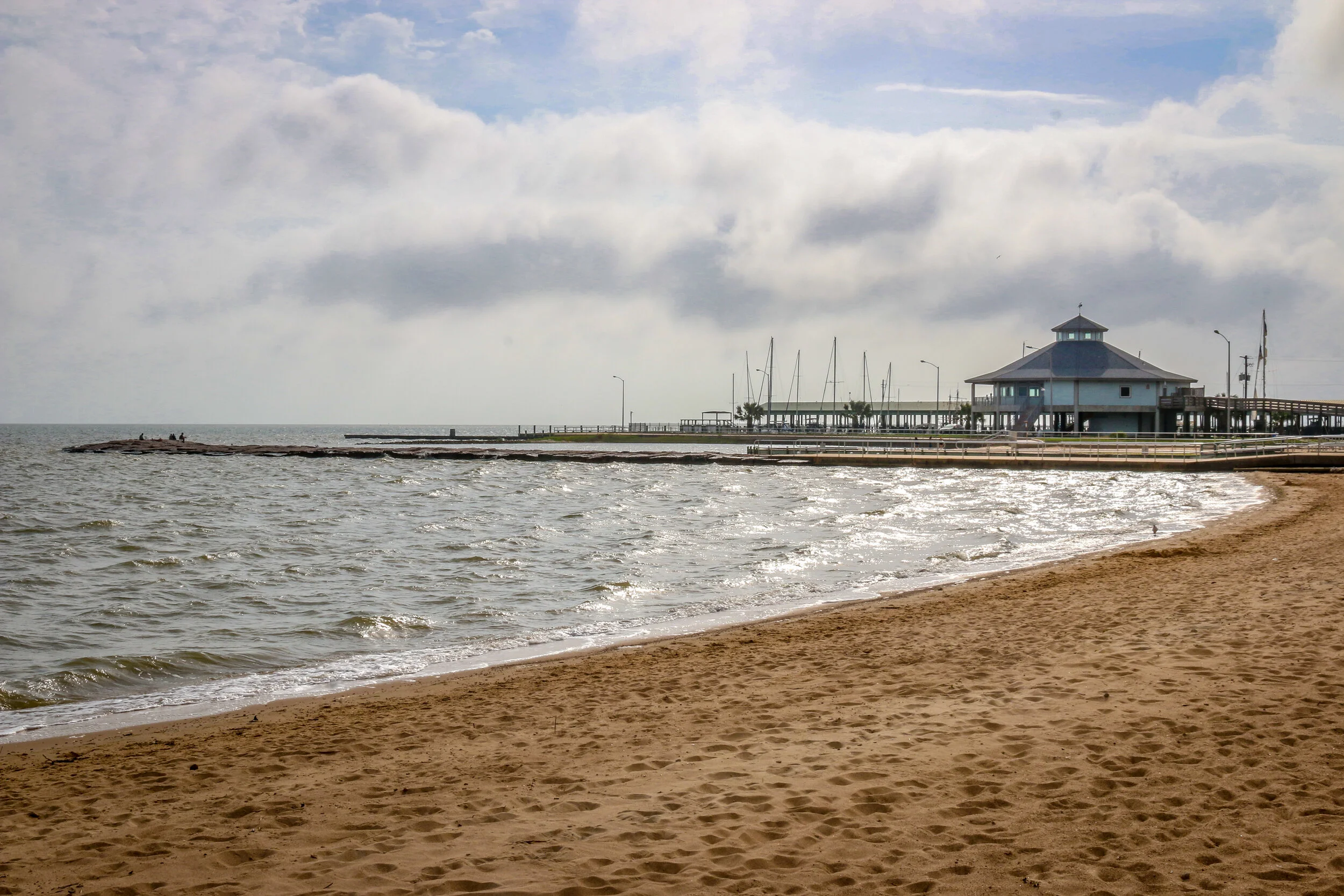Most states have at least one town with a European theme and if you’ve been following this blog for a while, you've seen that they are too rich in photography opportunities to pass up. Which is the point. Poulsbo, a small town of just over 11,000 residents, is a beautiful example of how to do this well and judging by the number of tourists I saw there during my stay, it’s working well for them.
This area was originally inhabited by the Suquamish people who currently live on a reservation just down the road. After the Treaty of Point Elliott was signed in 1855 moving American Indians in Washington onto reservations, the vacated land was open to settlement. Norwegian immigrant Jørgen Eliason founded the townsite in 1880 and was soon joined there by other Scandinavians who appreciated the landscape and location on what’s now called Liberty Bay. When the town grew to a size that it needed a post office, one citizen recommended “Paulsbo” after his Norwegian hometown. The authorities in Washington DC misread the handwriting on the petition and the town would forever after be known as Poulsbo instead. Norwegian was the primary language spoken in the town until World War II when the town experienced an influx of GIs who came to work at the nearby Puget Sound Naval Shipyard in Bremerton.
I had a fantastic time in Poulsbo. I was thrilled to find some great Oktoberfest beers on tap and delicious European comfort food at Tizley’s Europub. I enjoyed another great fest beer while sitting next to a lovely outdoor fire pit at Valholl Brewery, and live music at The Brass Kraken finished off the night. The next morning I had a delicious pastry from Sluy’s Bakery and then sat down to all-you-can-eat pancakes at the Sons of Norway Hall. In between all of that fun, I managed to take some great photos, especially around dusk when the water was still and amazingly reflective. I hope you enjoy these photos from beautiful Poulsbo, Kitsap County’s Little Norway.
Bandon is an adorable little town of about 3,300 people on the southern Oregon coast. Originally Coquille Indian land, it was first settled by people of European decent in 1853. The town was established in 1873 by four men from Bandon, Ireland in County Cork and named for their old world home. Cranberries were introduced into Bandon in 1885 by Charles McFarlin of Massachusetts and have been grown and harvested successfully in the area ever since. Tragically the whole town burned to the ground in 1936 in a fire that claimed eleven lives. It has risen from the ashes and rebuilt as a charming coastal town with a lot to offer.
Bandon was probably my favorite town on the whole Oregon coast. The Old Town area was full of art and color and I loved just walking up and down the waterfront. The beaches were absolutely stunning with so much more to see than just the famous Face Rock and an evening stroll proved to be an excellent choice. The history museum, housed in the old City Hall, was one of the best local history museums I’ve ever been to in a town this size. Of course I loved the hand-painted signs around town, the beautiful carved wooden sculptures and the Coquille River Lighthouse. Of all the towns I visited in my first week along the coast, this was the one that stood out and a town I will definitely return to. Thank you, Bandon, for a wonderful stay. I hope you enjoy these photos from Bandon, Oregon.
Originally a Pomo Indian settlement, a lumber town was established on this site in 1852. The town was originally called Meiggsville, and then Big River before finally settling on Mendocino, named after Spanish navigator Antonio de Mendoza. Many of Mendocino’s early non-native settlers were from New England which is definitely evident in the architecture. In fact, several episodes of the TV show Murder, She Wrote were filmed here, and Mendocino stood in for the fictional town of Cabot Cove, Maine. Quite a few films were made here as well, perhaps the most memorable of which was James Dean’s 1955 classic East of Eden. Today, Mendocino is one of the most charming little towns along the California coast and attracts a wonderful mix of artists, tourists and small-town enthusiasts like myself. I thought it was cool that the town still has many of the original wooden water towers, built before the town had a central water supply. My favorite places to photograph were definitely the stunning old Masonic Hall with it’s beautiful statue called Time and the Maiden, the old Mendocino Beacon Building, the unique water towers and of course the gorgeous coastline. I hope you enjoy these photos from stunning Mendocino, California.
Bodega, California is an adorable historic town about 5 miles from the coast and 2 hours north of San Francisco on the Pacific Coast Highway. These were once Coastal Miwok lands and they made use of the bounty of the area’s vast natural resources. Juan Francisco Bodega y Caudra of Spain first sailed into the nearby harbor in 1775, but the area’s first settlers of European decent were Russians. It was fear of the Russians’ southern advances that prompted Spain to set up the mission system and claim and settle the area of what’s now California.
In 1843, Stephen Smith built a lumber yard in the area and John Sutter also bought land nearby. St. Teresa of Avila church was constructed in 1859 and a small community slowly grew up around it. Today, Bodega’s population is still just over 200 people, but it packs a lot of punch for such a small town. Bodega is probably best known as one of the filming locations for Alfred Hitchcock’s 1963 film The Birds. I used to drive through Bodega often on my way from Santa Rosa to the coast, and I was happy that I finally had the chance to stop and look around for a while. Bodega is definitely small-town California at its best. I hope you enjoy these photos from beautiful Bodega, California.
The area surrounding massive Leech Lake, which now includes the town of Walker, Minnesota, has been visited by Native Americans for centuries. When European fur traders arrived, the Ojibwe occupied the area. The railroad came through in the late 19th century and a small lumber town was established and named after Thomas B. Walker, a lumber baron and one of the wealthiest men in America. Logging was king in those early days, but the beauty of Leech Lake soon started to attract tourism as well. Today, tourism is the main draw to the area but Walker also serves as the Cass County seat. Leech Lake is beautiful and I can certainly understand the draw. The town itself is also very attractive with a cute downtown area and some wonderful parks along the lakefront. While Walker was on one of my lists of photogenic towns to visit in the state, when I found out one of my friends grew up there I definitely knew I had to pass through. While she lives in Moab, Utah at the moment, her parents were kind enough to take me in for the night and show me a good time. When I went to take these photos the next morning, the sky was so blue I found it hard to leave. I hope you enjoy these photos of beautiful Walker, Minnesota, a pleasant town worth checking out on the shores of fabulous Leech Lake.
Originally home to the Karankawa people, Palacios was first settled by Europeans in the 1820s. In 1901, the land was purchased by a development company, divided into lots and sold to people looking to settle along the beautiful coast of the Gulf of Mexico. The Southern Pacific Railroad came through about the same time, providing overland access to the town-site. Over the next 20 years, the town grew as a resort community, and many businesses opened their doors to provide for the tourists flocking to the beaches. After World War I, a National Guard base called Camp Hulen opened nearby. The camp would be taken over by the War Department in World War II, eventually accommodating almost 15,000 soldiers. The base was also the site of a POW camp during the war. In the years following the war, Camp Hulen was closed and in 1961 Hurricane Carla slammed into the coast causing major damage. Today, Palacios is a quiet, pleasant seaside community of about 5,000. Home to about 400 shrimping boats, it has been called the Shrimp Capital of Texas. During my visit I found it quiet enough to enjoy its small-town tranquility but bustling enough to know it’s still alive and well. I had only planned on stopping for a few minutes to enjoy some sun by the water, and ended up staying most of the day, taking these photos, enjoying the views and chatting with the locals. I hope you enjoy these photos of Palacio, Texas, Matagorda County’s City by the Sea.







